Sport science is an encompassing term that refers to the scientific study of human performance when engaged in physical activity. The study of sport science can include the fields of physiology, kinesiology, psychology, anatomy, and biomechanics.
While sport science is certainly used to optimize performance at high levels of athletics, it has also shown great potential as a method for making sports more inclusive for people of all abilities through adapted physical activity (APA). Many sport science professionals start their careers by earning undergraduate degrees in physical education or a similar field and go on to specialize in sport science at the graduate level.

The Role of Sport Science in Inclusivity
Sport science plays a significant role in promoting inclusivity within the field of sports and physical activity. Inclusivity in sports refers to the idea that everyone, regardless of their age, gender, ability, background, or any other characteristic, should have the opportunity to participate in the sports and physical activities they enjoy. Sport science and inclusivity intersect in several ways, including:
- Adapted Physical Activity Programs: Sport science research and expertise are essential in designing and implementing adapted physical activity programs. By tailoring exercise programs and training methods to the specific requirements of different populations, sport science helps create a more inclusive sports environment.
- Inclusive Sports Facilities and Equipment: Sport scientists work with architects, engineers, and equipment designers to create accessible sports facilities and adaptive sports equipment. Accessible facilities and tools can accommodate individuals with various physical and sensory impairments, which makes sports and physical activity more accessible to everyone.
- Biomechanics and Movement Analysis: Understanding the biomechanics of sports and human movement is crucial in making necessary adjustments and modifications to accommodate individuals with different abilities.
Understanding Adapted Physical Activity
According to the U.S. Department of Health and Human Services, “school-aged youth (ages 6 through 17 years) can achieve substantial health benefits by doing moderate and vigorous intensity physical activity for periods of time that add up to 60 minutes or more each day.” The same source indicates that for maximum health and longevity benefits, adults should be physically active for at least 150 to 300 minutes per week. Long-term studies and assessments support these guidelines.
For both children and adults with disabilities, finding physical activities that offer these health benefits that are adapted to their physical limitations can be difficult. According to the International Federation of Adapted Physical Activity (IFAPA), “adapted physical activity is a professional branch of kinesiology / physical education / sport & human movement sciences, which is directed toward persons who require adaptation for participation in the context of physical activity.”
APA allows for people of all ages and abilities to participate in a wide range of physical activities for health promotion, recreation, and inclusivity. Some widely known examples of APA activities are wheelchair basketball, visually impaired runners who are tethered to sighted runners for races, and hand-crank bicycling. It is important to note that APA activities are not only designed to include people with certain physical disabilities, but also to make sports more inclusive for people of all sizes and mental capacities as well as historically disenfranchised groups.
Bridging the Gap: Adapted Physical Activity Challenges
Developing APA parameters does require resources that are typically above and beyond standard physical activity recommendations, which can be a challenge. For example, existing sports facilities may need different equipment, such as hoops, nets, or balls that are different from standard sizes, or even different courts or fields that are appropriate for athletes of all abilities. Making renovations or additions to existing facilities can be a significant financial investment, and funds are often difficult to obtain.
Another key challenge in making sports more accessible and inclusive is the availability of trained professionals to teach, supervise, referee, and otherwise participate in APA activities alongside athletes. Many coaches and physical education teachers may not have the background knowledge and experience to know how to accommodate their athletes. Those who have pursued higher education, such as a master’s degree in sport science from Russell Sage, may have better understanding, but even that type of degree does not guarantee coaches with expertise.
Sport Science Specialties
Sport science encompasses many specialties, and not every person who considers themselves an expert in sport science will have the same frames of reference. For instance, some candidates may have undergraduate success in a field like kinesiology but go on to study psychology at a graduate level and merge those two specialties under the umbrella of sport science.
No matter which field a particular expert chooses, there are many ways in which sport science is always working toward solutions for great inclusivity in sports, such as:
- Psychology: Psychology is certainly an important aspect of inclusivity in sports. Not only do sport psychologists help athletes perform their best, but increasing attention is being paid to topics such as “enjoyment and meaning associated with physical activity,” primarily because activities that are enjoyable to a person are much more likely to promote health in the long term while also allowing people with disabilities the autonomy to choose their own adventure when it comes to physical activity.
- Neurology: Although perhaps less common as a sport science specialty, the science of the brain helps scientists better understand many related physical and mental elements. For instance, a person with a certain type of intellectual disability may need sport instructions or rules explained to them in a specific way in order for them to fully participate in an activity.
- Biomechanics: As mentioned above, biomechanics are an extremely important specialty within sport science. Sport scientists who specialize in biomechanics can analyze movement patterns and develop strategies to help individuals with mobility impairments or other physical limitations participate in sports.
Breaking Down Barriers
At its core, APA activities are meant to break down barriers. Access to inclusive sports offers people with disabilities more opportunities for physical fitness and physical health. However, inclusivity in sports is not just about promoting physical health. People with differing physical and mental abilities have the right to participate in sports for all the same reasons that able-bodied people enjoy them: social connections, mental health benefits, improved sleep, reduced anxiety, and pure, simple fun.
In order to break down the barriers that exist between the current state of sports and a future that is more inclusive, cooperation between many different professionals is essential. Educators, governments, and families will all need to learn to collaborate.
Collaboration and Future Prospects
To be successful, sport scientists of all specialties must collaborate both within sport science and across modalities. For example, sport science research never expands beyond data and knowledge unless it is put into practice by physical education instructors, coaches, physical therapists, and the caregivers of people with disabilities.
It’s also essential to collaborate with the engineers, facilities managers, school districts, and other gatekeepers of facilities and equipment. The future of APA can be bright, with more investment every year and louder voices for disability rights, but only if sport science and advocates are able to build a strong, inclusive foundation.
Conclusion
Russell Sage College offers both undergraduate and graduate programs for students interested in pursuing a career in sport science. Many sport science experts begin with an undergraduate degree in physical education or kinesiology before going on to earn a master’s degree or even a doctorate. If you are passionate about making sports and physical activities more inclusive and available to people of all abilities, consider applying at Russell Sage College.

